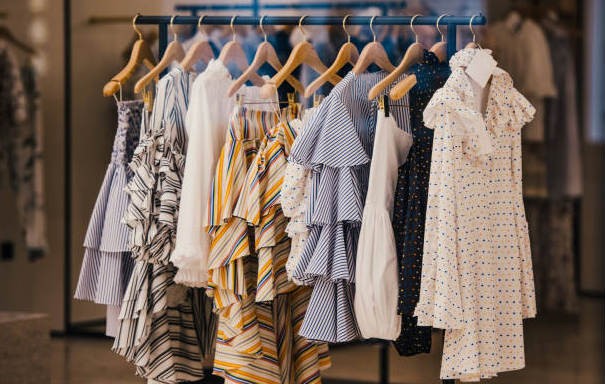The Dynamic World of Women’s Clothing
The Dynamic World of Women’s Clothing
Blog Article
The clothing worn by women is not an essential requirement. It is a dynamic art form that reflects societal values individual expression as well as a sense of cultural identity. In the past, the designs, materials, and purposes of clothing for women have evolved significantly, and have been influenced by time, geography, as well as technological advancement. From lavish gowns of European monarchs to the sleek designs of modern fashion the women's clothes have always evolved to meet the evolving role and needs of women within the world. Today, the industry is not just a celebration of the diversity of its customers but also lets women make decisions which reflect their personal style and values. The fashion of women's clothes is still a vibrant and essential aspect of human culture.
The evolution of women's clothing is closely connected to cultural and historical change. In ancient times, clothing was mostly functional and intended to provide protection and convenience. With the advancement of civilization, clothes transformed into symbols of status, power, as well as a sense of cultural personal identity. For instance, the flowy togas worn by the ancient Rome symbolized sophistication and wealth as well as the extravagant hanboks worn in Korea reflected elegance and tradition. Moving forward to the 20th century, the flapper dress of the 1920s represented freedom and rebel, as women pushed limits against the norms of traditional society. Fashion is evolving and embraces inclusivity, sustainability, and a new way of life and catering to women from various backgrounds and lives. This ongoing transformation underscores how fashion adapts to evolving roles and requirements of women.
Cultural heritage is a fundamental element of women's clothing as traditional clothes play a significant role in preserving heritage and identity. Whether it's the intricate stitching of Indian sarees, or the flowing abayas of the Middle East, or the vibrant patterns of African kaftans, these garments have a deep cultural significance. Today, there's been a revival of a desire to incorporate traditional elements into contemporary designs which creates a stunning blend of heritage and modernity. The fusion lets women be proud of their heritage and embrace global trends, showcasing the diversity and enduring appeal of traditional clothing. The melding of old and modern demonstrates the flexibility and enduring nature of expressions of culture through clothes.
The importance of sustainability within the fashion industry for women has increased significantly over the last few years, as increasing numbers of consumers focusing on eco-friendly fashion choices. The shift in fashion is due to increasing consciousness of the negative environmental impacts of fast fashion and an increasing desire to adopt more ethical practices within the industry. Fashion-conscious women are embracing clothes composed of recycled materials, organic textiles, and natural dyes. Brands have responded by launching eco-friendly lines that emphasize fair trade, transparency, and reducing waste. Thrifting and upcycling have also gained popularity, offering women unique ways to curate their wardrobes while minimizing the carbon footprint of their clothes. The conscious fashion approach transforms the way we shop and empowers women to make decisions in line with their ideals. To acquire additional information please use this link
The clothing of women isn't just about fashion, but it's an opportunity to express yourself and empowerment. A well-chosen outfit conveys the confidence, authority, or individuality, influencing how women feel and how they appear to others. Professional attire like tailored suits conveys authority and strength and casual, or even innovative styles express the freedom and creativity. The rise of fashion that's gender-neutral is further expanding these options which allows women to try out fashions that are in opposition to traditional expectations. The freedom to pick and change one's look is evidence of the progress women have made when it comes to asserting their identities and breaking societal barriers, making fashion the perfect opportunity to celebrate individuality.
Women's clothing is far more than just fabric and design--it's a testament to history, culture, individuality, and the advancement of. From ancient traditions to modern innovations, it has evolved to reflect the ever-changing gender roles and expectations of women. Fashion for women today embraces diversity, sustainability, and personal expression, providing an endless array of possibilities for creative expression and empowerment. As fashion continues to adapt to the latest trends and cultural shifts, it remains a dynamic and integral part of women's lives. Whether through cultural heritage, sustainable choices or bold assertions, women's clothing continues to empower and inspire, celebrating the uniqueness of each individual.